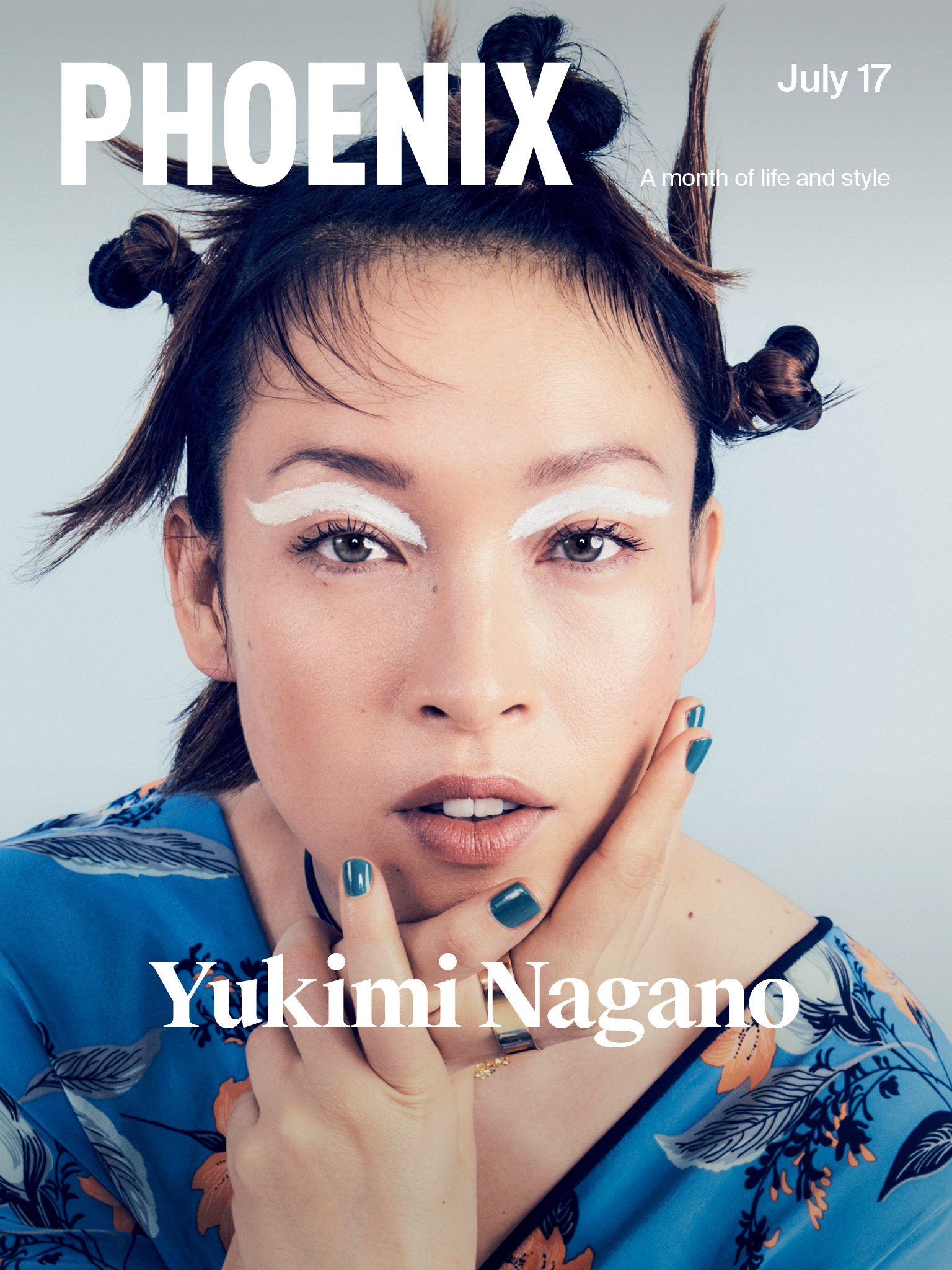‘Krazy Kat,’ and all that jazzPosted in Articles, Arts, Biography, Literary/Artistic Criticism, Media Archive, Passing, United States on 2017-07-19 02:50Z by Steven |
‘Krazy Kat,’ and all that jazz
The Boston Globe
2017-06-23
Matthew Guerrieri, Globe Correspondent
This Sunday is the anniversary of the end of one of the greatest comic strips of all time. On June 25, 1944, the final installment of “Krazy Kat” was published, two months after the death of its creator, George Herriman. In various forms since 1910, the strip’s essential paradox — Ignatz, a mouse, forever beans Krazy with bricks, who nevertheless loves him back — yielded seemingly inexhaustible variations.
In its day, “Krazy Kat” was more a critical than a popular favorite, though publisher William Randolph Hearst, a fan, continued to give Herriman carte blanche despite the strip’s sometimes meager readership. But its dreamlike artwork, linguistic fantasy, and self-referential tinkering with comic-strip form influenced numerous other art forms — music included.
The dense, idiosyncratic argot of Herriman’s dialogue and his precisely-dashed linework and zig-zagging scenery (a stylization of Herriman’s beloved southwestern landscapes) found its musical counterpart in syncopation. As early as 1911 — only a year after Krazy and Ignatz first appeared in the margins of Herriman’s strip “The Dingbat Family” — a New York composer-pianist named Ben Ritchie published “Krazy Kat Rag,” with a Herriman illustration on the cover. In later years, saxophonist Frankie Trumbauer’s Orchestra (which included such jazz luminaries as Bix Beiderbecke, Eddie Lang, and Joe Venuti), expatriate bandleader Sam Wooding, and clarinetist Artie Shaw all recorded “Krazy Kat” tributes.
Most ambitious was composer John Alden Carpenter’s “Krazy Kat” ballet, subtitled “A Jazz Pantomime.” First performed by the Chicago Symphony Orchestra in 1921, and first staged in 1922 — choreographed by Russian-born Adolph Bolm, with scenery designed by Herriman himself (he also illustrated the sheet music) — the ballet was well-received, but Carpenter’s score (possibly the first concert work to include the word “jazz” in the title) was soon overshadowed by more overt rapprochements between jazz and classical music. Carpenter’s version of jazz was tame, owing more to the “sweet” jazz of white dance bands than the “hot” jazz of their African-American counterparts. But the composer effectively mined jazz’s capacity for charm and whimsy…
Read the entire article here.








